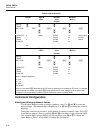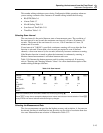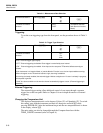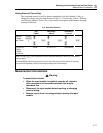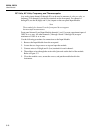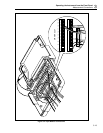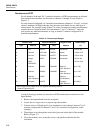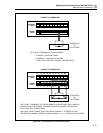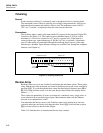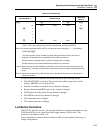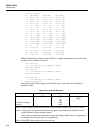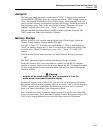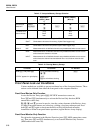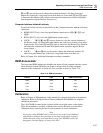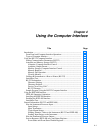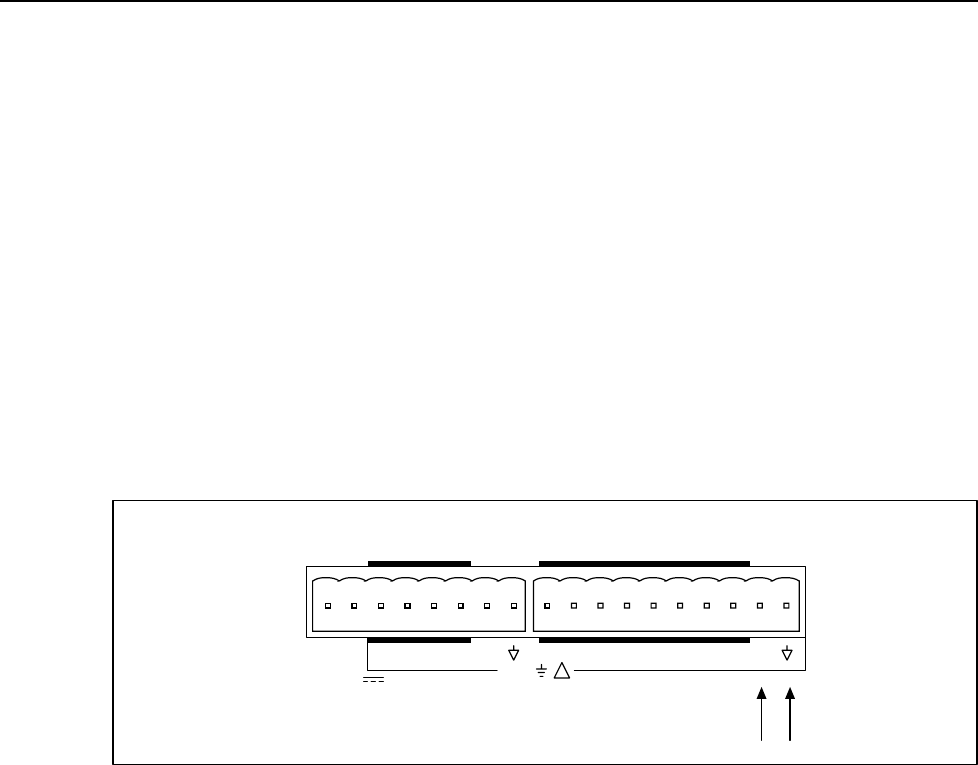
2620A, 2625A
Users Manual
3-22
Totalizing
General
Event counting (totalizing) is commonly used on production lines for counting items.
The instrument counts events by detecting low-to-high voltage transitions; each low-to-
high transition increments the totalizer value by one. The maximum count is 65535;
"OL" (for "overload") is displayed when the count exceeds this limit.
Connections
The totalizing input is made at the input labeled \Z (sigma) on the rear panel Digital I/O
Connector (see Figure 3-4). This input accepts a minimum input of 2.0V pk, which
translates to 1.4V rms for a sinewave or 1V rms for a square wave. If the input is a
contact-closure type, input debouncing of 300 Hz (1.67 ms) is available. A maximum
rate of 5 kHz can be accommodated through the totalizing input, but only if the input
debouncing is disabled. Input debounce settings are available only through the computer
interface (see Chapter 4.)
+–0123TR 01234567
Σ
9-16 V
DC PWR
!
+30V
ALARM OUTPUTS DIGITAL I/O
oo10f.eps
Figure 3-4. Totalizing Connection
Review Array
Readings from every scan are checked for minimum and maximum values. These values,
along with the last value measured, are stored in the Review array and can be recalled by
pressing N. To cycle through the three values for the displayed channel, press H or
J. If no value has been stored, or if the value has just been cleared, the display shows
dashes ("-----").
These values are updated by all scans (scan intervals, continuous scans, single scans, or
scans initiated with an external trigger input.) Measurements taken with the Monitor
function do not update these values.
Note that either the Review array or the Totalizer count can be displayed at one time;
you must deactivate one before activating the other. Press N a second time (or press
C) to remove Review data from the display.
Table 3-15 illustrates how to examine the Review array contents.



